The deliberate consumption of increased protein has surged in popularity over recent years. In 2023, searches for "high protein" peaked, marking a 32% rise from 2022, the highest in half a decade. Regardless of whether one follows an omnivorous diet or opts for plant-based meals, prioritizing sufficient protein intake offers benefits such as enhanced satiety, muscle development, weight management, and overall health improvement.
Scientific studies affirm the longevity of high-protein diets beyond passing trends. A comprehensive 2020 review published in the Journal of Obesity and Metabolic Syndrome revealed clinical evidence supporting the efficacy of high-protein diets—exceeding standard dietary guidelines—in facilitating weight loss and mitigating weight regain over study durations of up to 12 months.
Protein not only enhances feelings of fullness, curbing overall intake, but it also elevates your resting metabolic rate by up to 20% more than carbohydrates and 27% more than fats. Additionally, increasing protein intake doesn't necessitate sacrificing or limiting your favorite foods—a characteristic I particularly appreciate as a registered dietitian.
For those uncertain about incorporating more protein into their diets, we've compiled 25 straightforward methods to infuse every meal with an added dose of protein and other vital nutrients. Continue reading for valuable insights on effortlessly boosting protein consumption throughout the day.
1) Add Egg
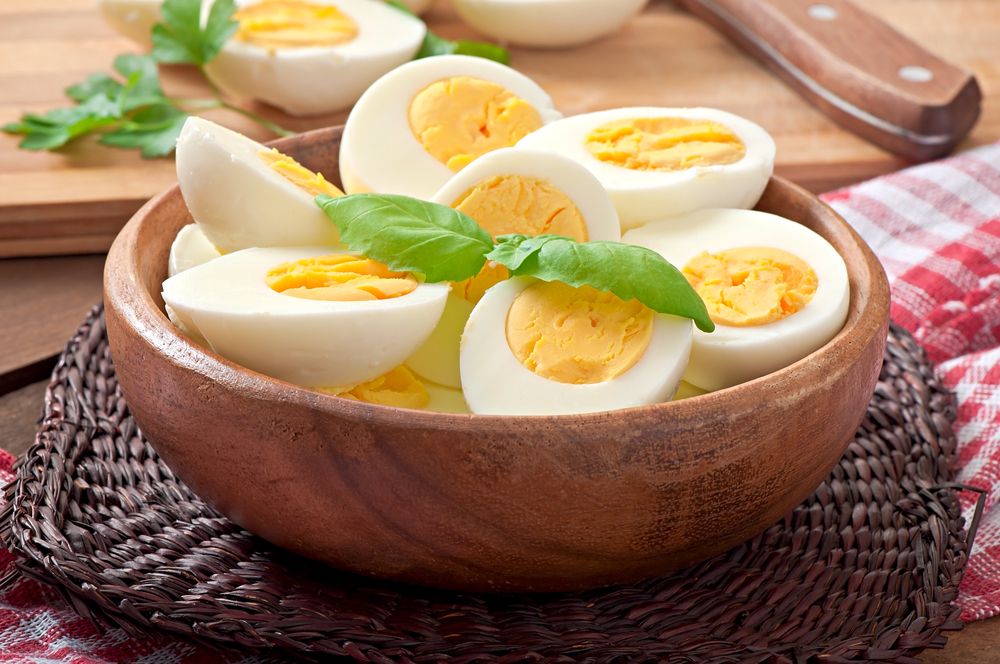
Protein Power: 6 grams
Regardless of whether you enjoy eggs scrambled, hard-boiled, or incorporated into a muffin, each egg contributes 6 grams of protein to your meal. Whip up a three-egg omelet for breakfast to fuel your day with 18 grams of protein, or blend hard-boiled eggs with avocado and Greek yogurt for a protein-packed egg salad sandwich.
2) Add Protein Powder

Protein Power: 20+ grams
Incorporating protein powder into your routine offers a convenient method to increase your daily protein intake, whether you incorporate it into smoothies, bake it into goods, or sprinkle it over yogurt or oatmeal. The protein content varies based on the type of protein powder you choose. Depending on the brand, both vegan and whey protein powders can contribute up to 30 grams of protein per serving to your meal.
3) Add Cheese

Protein Power: 8+ grams
Cheese, whether shredded or sliced, offers a generous protein boost of up to 8 grams per ounce. Enhance your meals by sprinkling shredded cheese over eggs, soup, chili, potatoes, or salads. Alternatively, add a slice to your sandwich for a creamy and savory protein infusion.
4) Include Beans
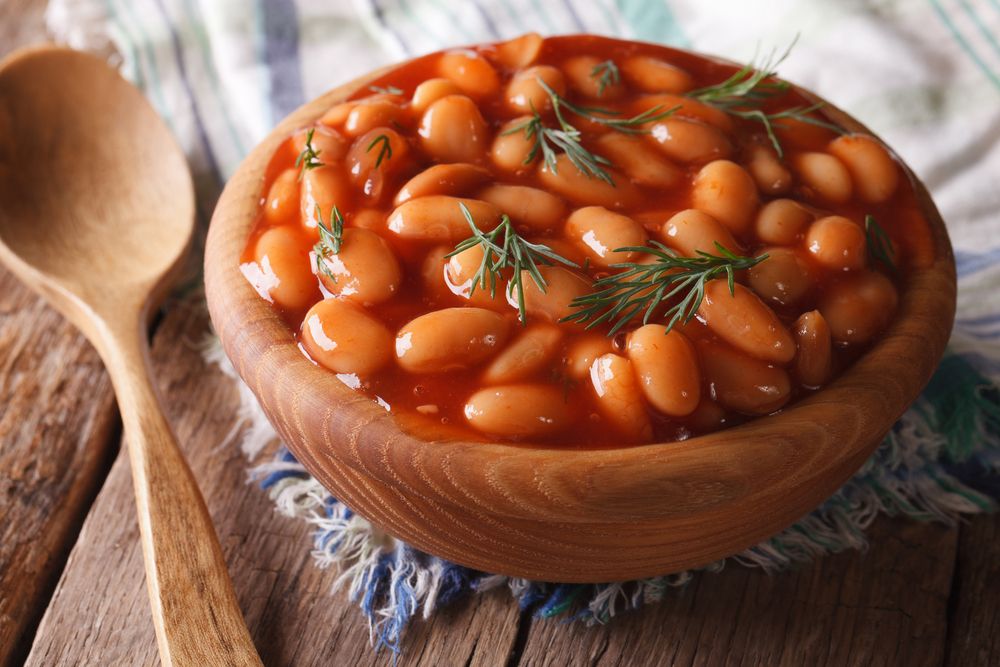
Protein Power: 7 grams
Beans serve as an excellent source of protein and fiber, offering a plant-based alternative to animal products. Incorporating just half a cup of kidney, black, or pinto beans into your meal provides approximately 7 grams of protein.
For a convenient addition, simply drain and rinse a can of beans, or prepare a large batch from dried beans (with extra portions stashed in the freezer for later use). Consider mashing beans onto toast or adding them to an omelet for a quick morning boost, or stirring them into your favorite pasta or soup for a nutritious upgrade.
5) Change Your Pasta

Protein Power: 20 grams
Traditional white pasta tends to be lacking in protein, but making the switch to pasta crafted from lentils, beans, or fortified with high-protein ingredients can significantly amp up your intake! Protein content may vary across brands and varieties.
For instance, two ounces of Banza Chickpea Rotini Pasta boasts 20 grams of protein, while Pastabilities, featuring a blend of wheat flour, chickpea, and soy protein, delivers 24 grams of protein in the same serving size. Explore different options to discover your new preferred choice!
6) Use Greek Yogurt

Protein Power: 15-20 grams
Opting for Greek yogurt over regular yogurt can provide an additional 8 grams or more of protein per 6-ounce serving, depending on the brand. With its strained consistency, Greek yogurt offers higher protein content per volume and a luxuriously thick, creamy texture. Incorporate Greek yogurt into your breakfast parfait or substitute it for sour cream (a lower-protein dairy alternative) on baked potatoes, in casseroles, and for sauces and dressings!
7) Use Dairy or Soy

Protein Power: 8 grams
For those accustomed to almond or oat milk, consider switching to dairy or soy milk for a notable protein upgrade. Each cup of dairy or soy milk contains approximately 8 grams of protein, whereas many plant-based alternatives, such as almond milk, provide less than one gram. Incorporate dairy or soy milk into your morning cereal, enjoy a glass with dinner, or use it as the base for your smoothies to elevate your protein intake.
8) Use Edamame
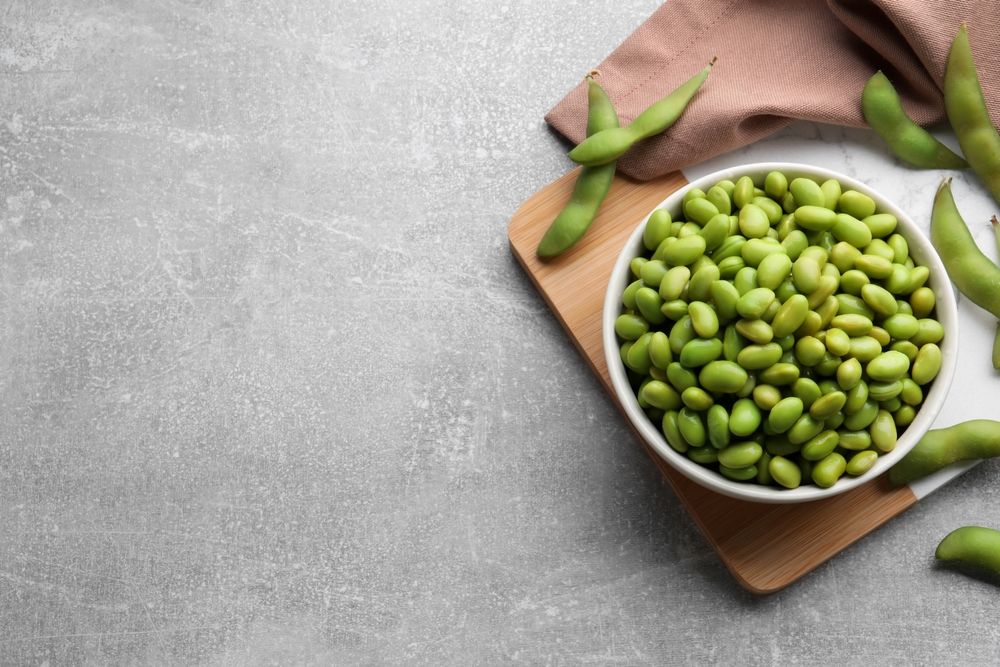
Protein Power: 9 grams
Soybeans reign as the highest protein bean, boasting 30 grams of protein per dried cup. Edamame, young soybeans with a delicate crunch and subtle flavor, offer a versatile option. Ideal for incorporating into stir-fries, scrambles, salads, or grain bowls, they contribute 9 grams of protein per half cup.
9) Add Cottage Cheese

Protein Power: 12 grams
Cottage cheese stands out as a remarkably versatile dietary addition, suitable for sweet or savory dishes at any mealtime. With 12 grams of protein per half cup, it's a nutritional powerhouse. Enjoy it with fruit, blend it into pancakes, use it as a dip for crackers or vegetables, layer it into lasagna, or savor it on its own as a savory side dish. Indeed, cottage cheese proves to be the ideal high-protein complement for any part of your day.
10) Add Nuts
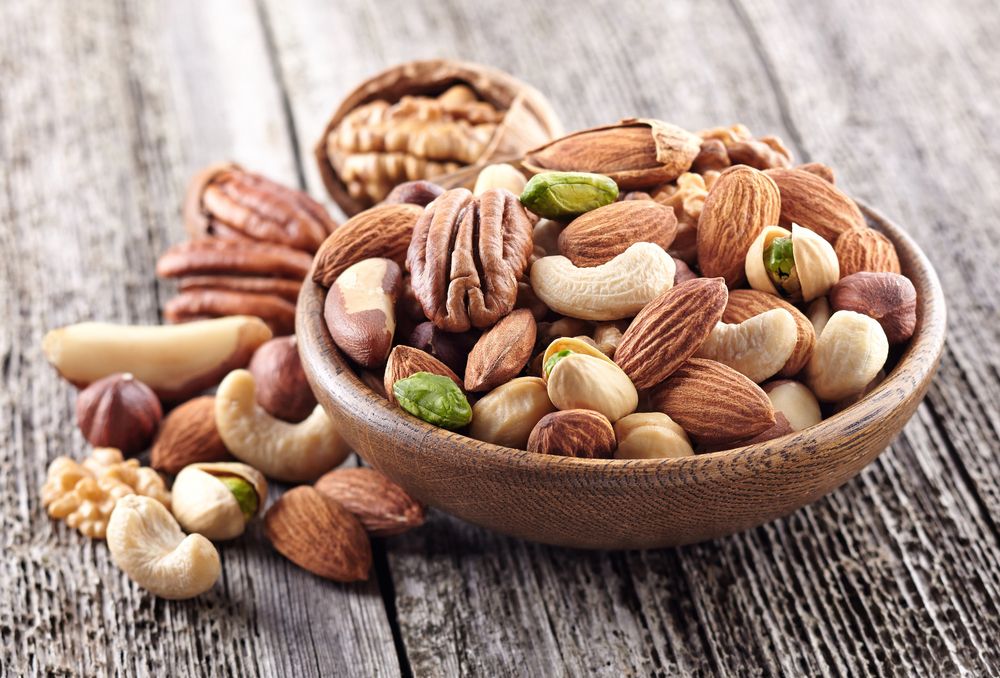
Protein Power: 5+ grams
Almonds, walnuts, and pistachios offer a delightful crunch, rich flavor, and abundant healthy fats alongside ample protein. A mere ounce (a small handful) of mixed nuts furnishes 5 to 6 grams of protein, elevating the satisfaction of any meal. Whether sprinkled atop salads, stirred into yogurt or oatmeal, or utilized as nutritious "breadcrumbs" to coat chicken or fish, these nuts provide a versatile and protein-rich enhancement.
11) Incorporate Chia Seeds

Protein Power: 4 grams
Although initially crunchy, these diminutive seeds transform into a gel-like texture upon hydration, imparting both volume and nutrients to any dish they grace. With four and a half grams of protein per ounce, they're a nutritional powerhouse. While they excel in breakfast staples like oatmeal or yogurt, they also seamlessly integrate into soups, stews, smoothies, and baked goods for an added boost of protein and texture.
12) Choose High-Protein Cereal

Protein Power: 8+ grams
Despite its carbohydrate-rich reputation, there exists a variety of high-protein cereal choices. For instance, a serving of Special K High Protein Cereal delivers 10 grams of protein. Paired with half a cup of milk at breakfast, you'll enjoy a total of 14 grams of protein. For dinner, consider crushing Ezekiel Sprouted Whole Grain Cereal, which offers 8 grams of protein per half cup, and use it as a crunchy coating for chicken or fish!
13) Try Nut Butter
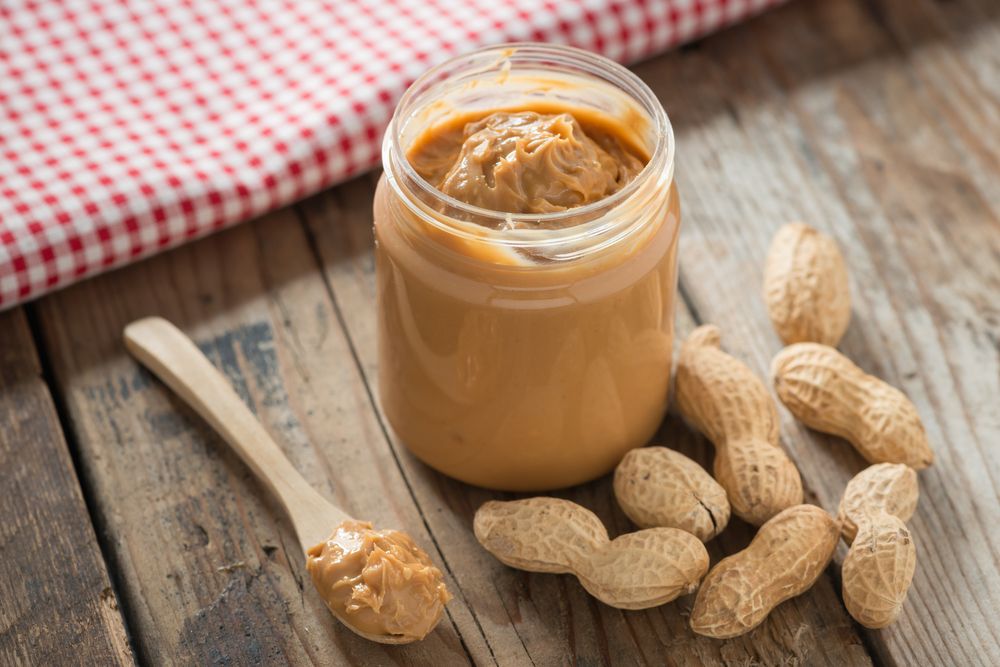
Protein Power: 7-8 grams
Nut butter, whether almond, peanut, or cashew, enriches any meal with protein and healthy fats, enhancing its satisfaction factor. Just two tablespoons of peanut butter can contribute approximately 7 grams of protein to your meal! Whether you indulge in a classic PB&J sandwich, spread it on morning toast, stir it into oatmeal, or whip up a delectable peanut sauce for your stir-fry, nut butter proves versatile at any time of day.
14) Use Whole Wheat Bread Instead of White
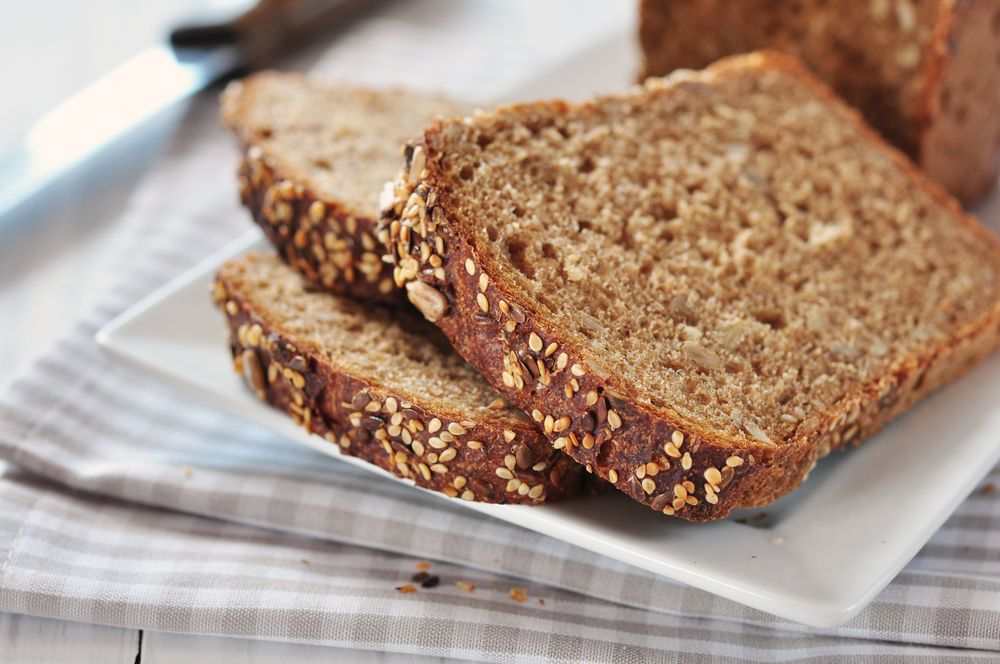
Protein Power: 4 grams
Opting for whole grain varieties of bread, pasta, or rice instead of enriched white options can enhance the protein content of your meal. For instance, while a slice of white bread typically contains 2.5 grams of protein per slice (Aunt Millie's Soft n' Good White Bread offers two grams of protein per serving), a slice of whole wheat bread provides 4 grams (Aunt Millie's Whole Grain White Bread contains four grams per serving). By choosing the whole-grain option, you can add four grams of protein to your meal, whether in a sandwich or as two slices of toast.
15) Use More Lentils
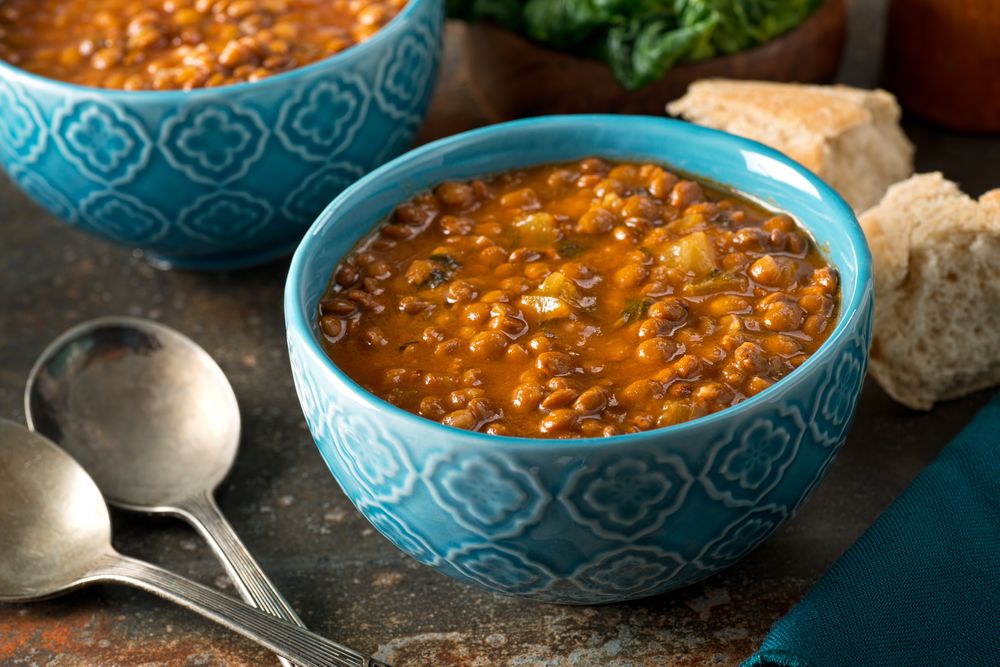
Protein Power: 18 grams
A single cup of cooked lentils packs an impressive 18 grams of protein, establishing it as a superb plant-based protein source. Incorporate lentils into your morning routine by crafting a savory breakfast bowl with lentils and eggs, toss them into a hearty stew for added substance, or utilize them as a base ingredient, mashed into a loaf, for a delectable vegan meatloaf!
16) Use More Canned Fish
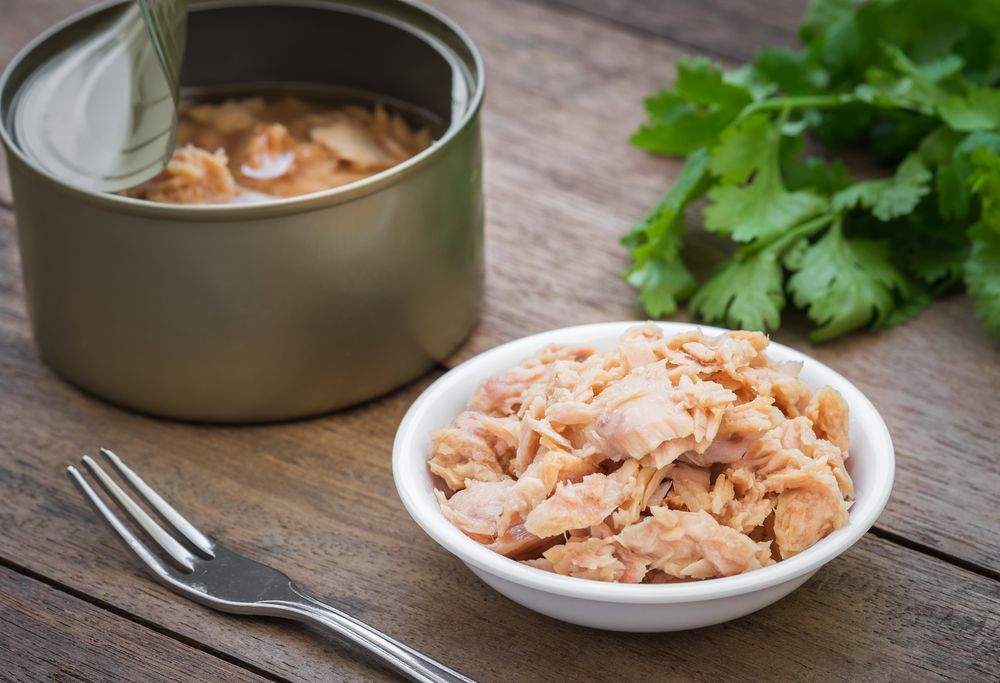
Protein Power: 20 grams
Maintaining a supply of canned tuna and salmon in your pantry streamlines the process of obtaining a protein (and omega-3) boost, particularly during busy periods. A 3-ounce can of tuna offers over 20 grams of protein and can be enjoyed in various ways: sandwiched between slices of bread, atop a salad or crackers, or stirred into noodles for a protein-rich tuna casserole.
17) Add Grilled Chicken
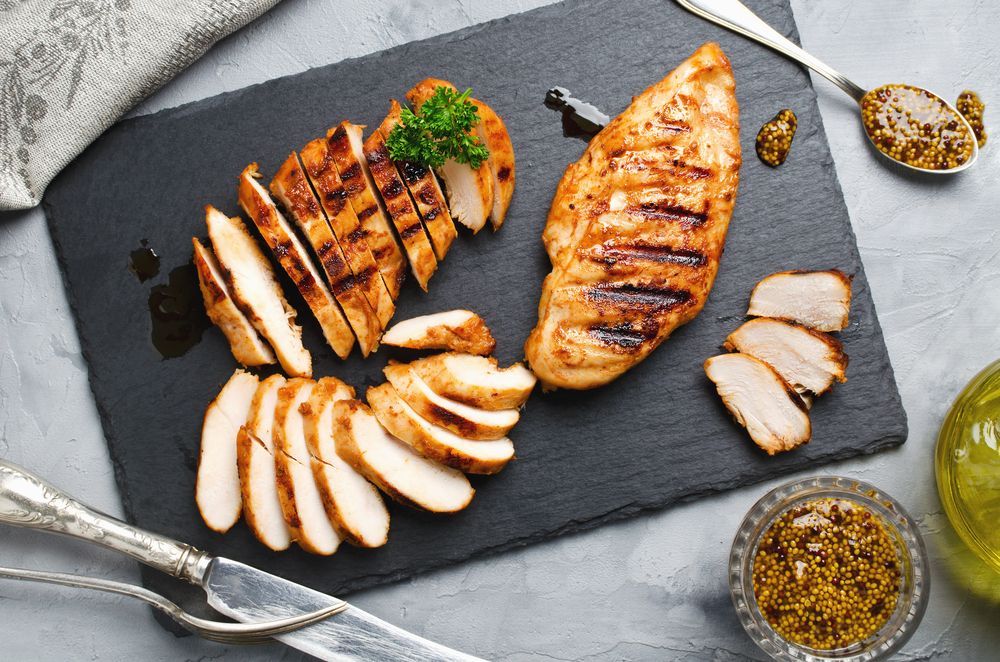
Protein Power: 20 grams
Grilled chicken, whether freshly prepared or warmed from frozen options like Foster Farms Grilled Chicken Strips, contributes over 20 grams of protein to your salad, sandwich, or pasta, making it a substantial addition to your meal.
18) Eat Smoked Salmon
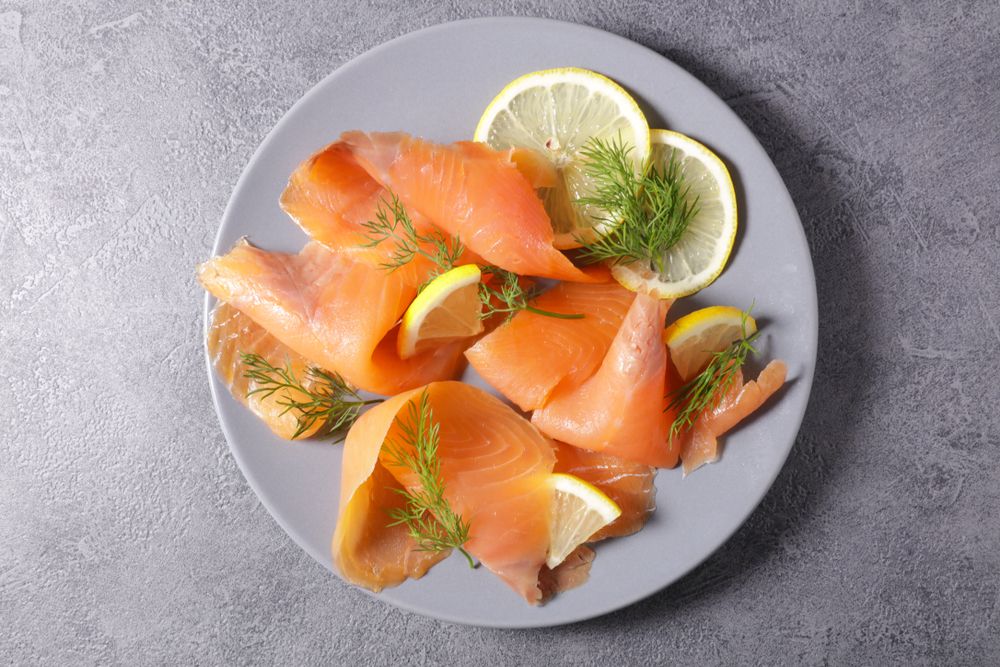
Protein Power: 15 grams
Rather than simply spreading cream cheese on your bagel, enhance both flavor and protein content by topping it with a few slices of smoked salmon. Three ounces of smoked salmon, totaling just 100 calories, contribute an additional 15 grams of protein to your breakfast, providing a satisfying and balanced start to your day.
19) Sip On A Shake

Protein Power: 20-30 grams
Protein shakes offer a convenient solution to boost your protein intake, especially when time or energy is limited. Whether you opt for a pre-made shake or mix your own with protein powder, you can easily add 30 grams of protein to your meal in just minutes.
20) Incorporate Nutritional Yeast

Protein Power: 5-8 grams
Nutritional yeast, a yellow, cheese-flavored powder commonly utilized as a vegan source of vitamin B12, also boasts between 5 and 8 grams of protein per two-tablespoon serving. Incorporate it into mashed potatoes or pasta, or sprinkle it over popcorn for a flavorful and nutrient-rich protein enhancement.
21) Add Tofu

Protein Power: 18-20 grams
Tofu, a versatile plant-based protein derived from soybeans, offers between 18-20 grams of protein per cup. Available in various textures, from silken to extra firm, tofu boasts a neutral flavor profile, readily absorbing the flavors of any dish it accompanies. It serves as an excellent plant-based meat alternative, a substitute for scrambled eggs, or an ingredient to blend into sauces and dressings for added protein and texture.
22) Eat Peas

Protein Power: 8 grams
Despite being commonly perceived as a starchy vegetable due to their carbohydrate content, peas boast a surprisingly high protein content. One cup of peas contains 8 grams of protein and can be seamlessly incorporated into pasta, casseroles, soups, or blended into a pesto or hummus for added protein and flavor.
23) Dip With Hummus
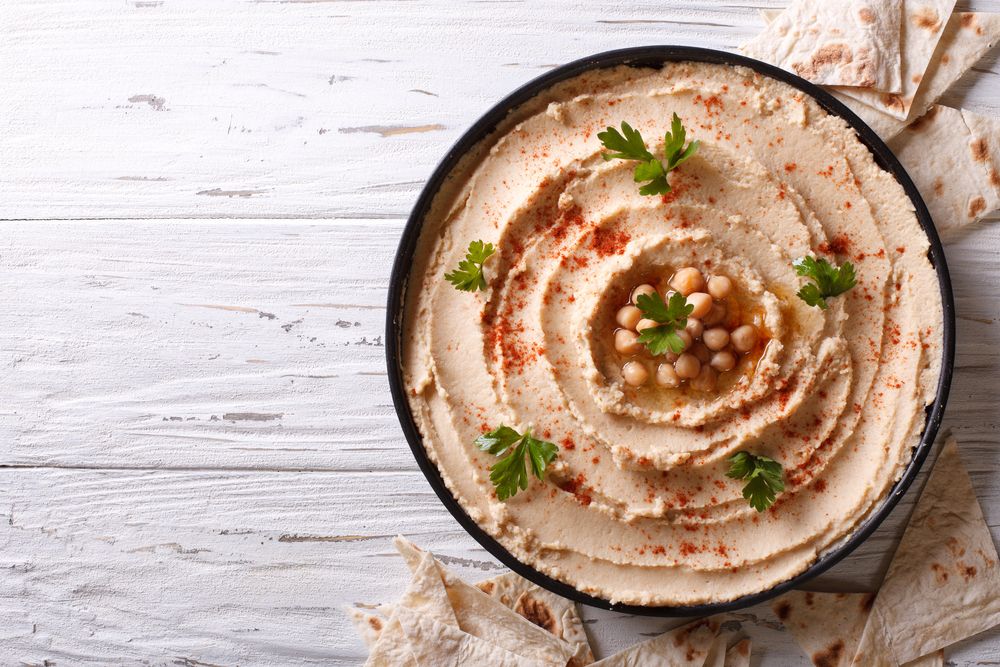
Protein Power: 3 grams
A serving of hummus, typically two tablespoons, provides approximately three grams of protein. Whether spread on sandwiches or toast, stirred into pasta, or used as a dip for veggies and crackers, this protein and fiber-rich dip offers a flavorful way to enhance your meal.
24) Add Quinoa

Protein Power: 8 grams
Quinoa, a gluten-free whole grain, contains 8 grams of protein per cup. Incorporate quinoa into your culinary creations by adding it to homemade granola, substituting it for oatmeal in hot cereal, incorporating it into soups, or using it as a base for a nutritious grain bowl.
25) Add Seeds
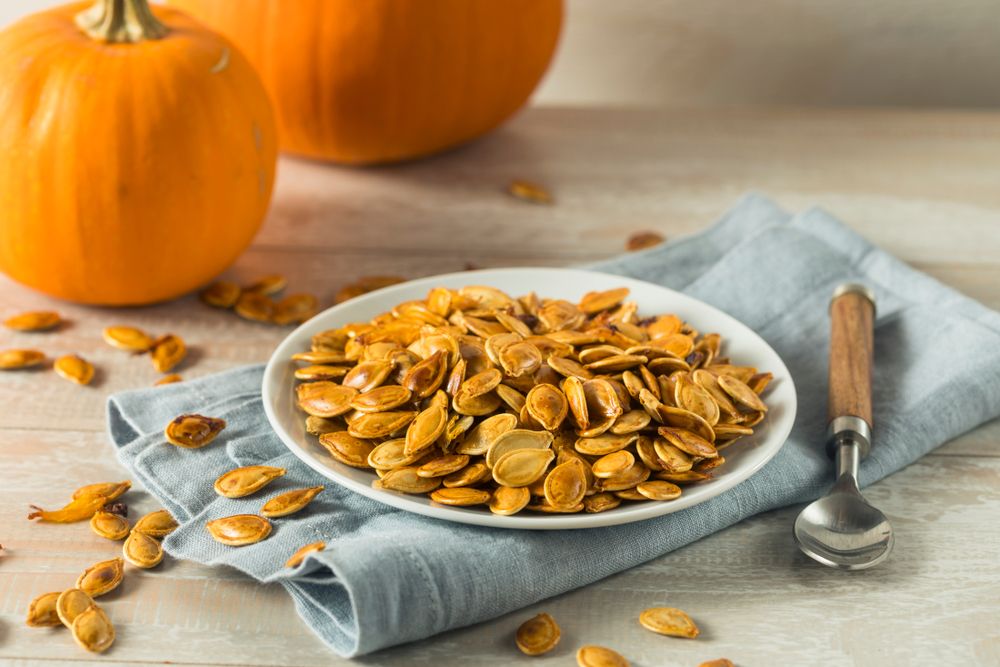
Protein Boost: 10 grams
Pumpkin, sunflower, and sesame seeds introduce both crunch and protein to your meals, elevating their nutritional value and flavor. With approximately 10 grams of protein per quarter cup, these seeds offer a substantial boost. Enhance your dishes by sprinkling seeds over salads, mixing them into yogurt, or incorporating them into breads and other baked goods for added texture and nutrition.

